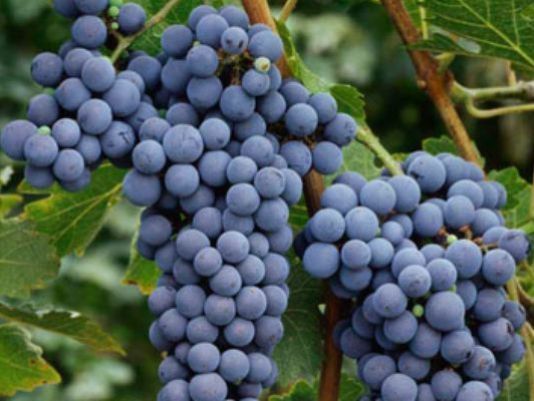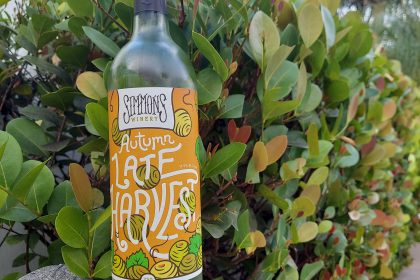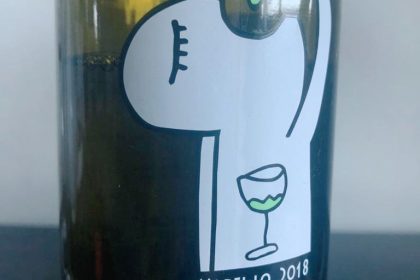I remember being probably 6 months in after taking an introductory class into wine and feeling pretty cocky about my knowledge (writers pause for readers laughter). I was asked, what my favorite grape was and I went into this thought process about versatility of grape and palate persuasion (honestly it’s so fantastic that we don’t remember every stupid thing we say. Kind of wish I’d forgotten this one) to end up saying Cabernet Sauvignon. Little secret, until that moment I probably had tried 4 red grapes so it was a ‘monumental’ decision apparently.
So let’s get into the details about what is probably the most known and cool fact number 1, most planted with probably a little over 721,000 acres. You can find this grape probably anywhere in the world which means, in theory, I wasn’t wrong when I talked about its versatility. I just was probably repeating somebody else words. Now that being said, this grape, with all its might and glory, and as cool fact number two, exists out of sheer happenstance. Kind of like most people within my age group born in the 1970’s. A cross between Cabernet Franc and Sauvignon Blanc emerged victorious in the seventeenth century in France, from there Bordeaux picked it up and later on…we did.
The best thing about Cabernet Sauvignon and cool fact number three is that it has an incredible potential for aging. For a good harvest year and good climate conditions, it could last a long time before it starts to lose is strength. Every terroir has the capability to change how it will end up in the bottle and you can do a blind taste and probably be able to tell a couple of them apart like California, Chile, France and most recently…China.
I’ve had the opportunity to try some out of this world Cabs specifically Napa’s 70’s which were the golden age of magnificence. Mondavi, Phelps, Stags Leap and they are a testament of the longevity of this grape.
 Just like with Tempranillo, this is one of the grapes I’ve tried the most in my time as an aficionado. To pick just one to showcase, it has to make some sense as to the selection and not just a random one. So after careful deliberation (and the study of versatility of grape and palate persuasion…I’m kidding), the wine I’ve selected to present as evidence is Joseph Phelps Cabernet Sauvignon 1978 from the AVA Napa Valley. It is a 13.3% alcohol wine and one of my all time favorites.
Just like with Tempranillo, this is one of the grapes I’ve tried the most in my time as an aficionado. To pick just one to showcase, it has to make some sense as to the selection and not just a random one. So after careful deliberation (and the study of versatility of grape and palate persuasion…I’m kidding), the wine I’ve selected to present as evidence is Joseph Phelps Cabernet Sauvignon 1978 from the AVA Napa Valley. It is a 13.3% alcohol wine and one of my all time favorites.
The first time I remember having this wine I was blown away by its compiled appeal and extended finish not to mention the marvelous pruny and smokey old spice wine feeling with that brick colored center and rim variations and tannin’s that seemed to have come back from vacation because they were very zen. Of course we have Walter Schug to thank for this masterpiece and I shall later on in the Vineyards & Winemakers section.
Now if you were to look for rating details of this wine online, you’d be surprised to learn there are very little if any at all. That being said, you don’t really need to. 1978 was a really good year for Cabernet Sauvignon in Napa Valley. But don’t take my word for it. Here’s a report from Decanter on that precise subject and includes on their list of best producers none other than Joseph Phelps.
Curious anecdote, I had a chance to meet Bill Phelps, current executive chairman and Mike McVoy, Director of Sales & Marketing when they came to Puerto Rico back in 2013 for an event where we celebrated Joseph Phelps 40th Anniversary with a 2 day Insignia vertical from 1974 to 2009. I’ll write about that experience later.
And so this concludes another entry and that makes 2. Only 498 to go.




